In last March, Leya publishers released the Brazilian version of Windhaven, and at the time, we talked to Lisa Tuttle, the book’s coauthor. Recently, the same novel has been adapted into a graphic novel, which unfortunately is still unpublished in Brazil. The scripts were Lisa Tutttle’s work, the art is Elsa Charretier’s and the colors are Lauren Affe’s.
We contacted Elsa Charretier, asking her to talk to us about her experience working on the graphic novel. She was a really kind person and available to talk about her creative process in an exclusive interview. Check out our conversation with her.
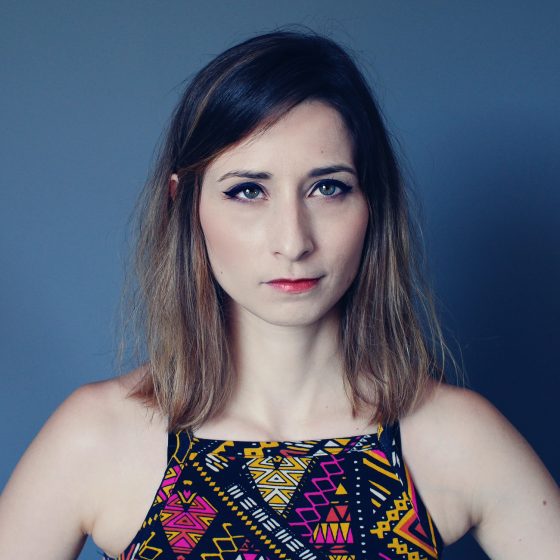
Arthur Maia: How did you become acquainted with Windhaven? What were your impressions on the book when you first read it?
Elsa Charretier: I discovered Windhaven when Random House reached out to me a few years ago to draw the graphic novel adaptation. It was a LONG script, and at that time (I had been drawing professionally for a couple of years) I was a little scared of not being up to the task. But after reading it, I fell in love with Maris’ story, her fight for justice, her feminism, and her adventures. The 217 pages flew by.
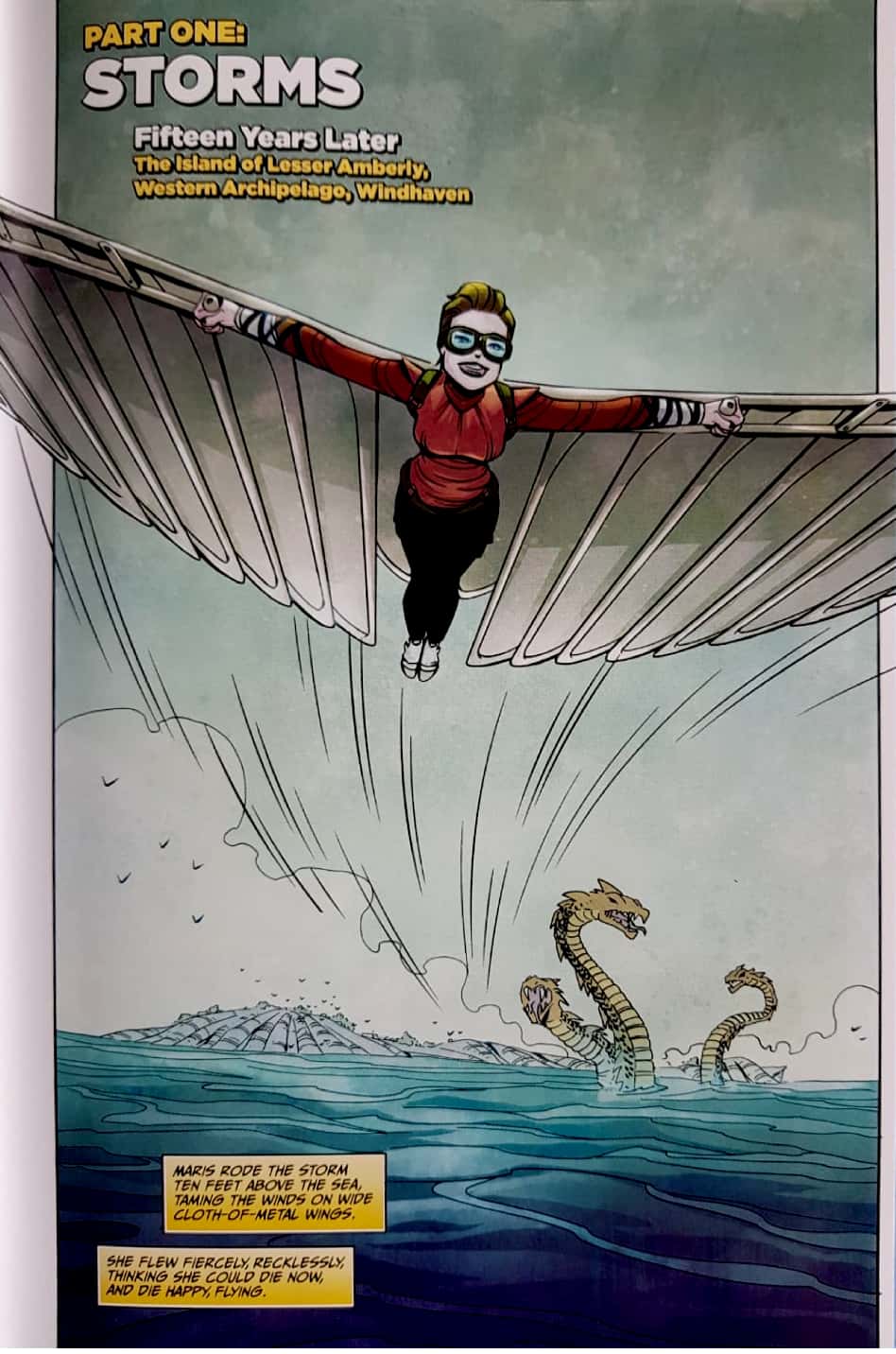
Arthur Maia: And how well did you know George R. R. Martin’s work before Windhaven?
Elsa Charretier: I had never read one of his books, to be honest, but I was already of big fan of the Game of Thrones TV show.
Arthur Maia: Lisa Tuttle, to whom we talked to a couple of months ago, besides being one of the original writers of the story, also created the script for the graphic novel version. How was it working with her?
Elsa Charretier: Lisa has been a joy to work with. We had a few talks when I first started the book, mostly about designs and the overall mood of the book. After that, she trusted me with rendering what her and George had written. It helped a lot that the script was pretty detailed in what had to be featured in the pages.
Arthur Maia: In my reading, one of the most interesting features of the illustrated version was the clothes, and they resemble something more modern than what I imagined with the novel. So, how was the creating process for them? What were your inspirations?
Elsa Charretier: It’s funny you should say that because the inspiration came from old pictures of English fishermen I found online. And people from that time period. But I imagine that my style being more modern, I unconsciously tweaked them.
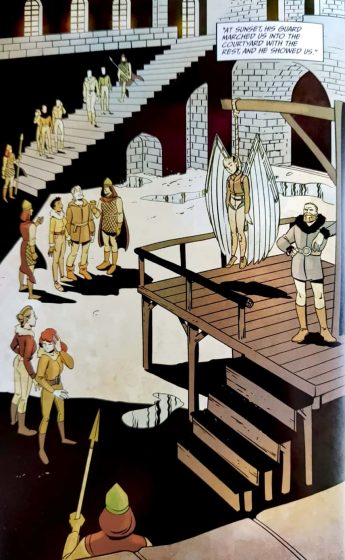
Arthur Maia: A very strong part of the art in Windhaven’s graphic novel is the full page panels. How was the process to choose what scenes should be represented in a full page? I refer, for instance, to Maris’ dream in the beginning of “The Fall”, or Tya’s hanging scene on this same chapter.
Elsa Charretier: The writer usually specifies which page should be a spread, so Lisa had written it that way in the script. But generally speaking, you can use full pages either to feature a big action moment or a big emotional one. It allows for the pace to slow down for a second, and Tya’s hanging being a very dramatic moment, using a full page was a perfect choice.
Arthur Maia: Marvel Comics was my introduction to literature, and I go back there from time to time. One of those cases was The Unstoppable Wasp, in which you were drawing as well. What are the main differences between working with a shared universe, such as Marvel’s superheroes, and a graphic novel that independent?
Elsa Charretier: Probably the biggest one is that, like you said, it’s a shared universe. A universe that you share with other creators, other storylines, which means that you also have to adapt to what everyone else is doing to make sure the universe stays coherent. But that mostly applies to writers. By the time an artist gets a script, all this has been cleared by editors. As an artist, what can sometimes be a little difficult is to learn to let go of the character you’ve been working on, and allow for someone else to bring their own perspective. But it’s also part of the fun!
Arthur Maia: For the reader who would like to know more about your work, what would you recommend?
Elsa Charretier: I’ve recently done the art for different Star Wars books (mostly The Star Wars Adventures from IDW). They’re fun, action packed stories aimed at a younger audience. And as a writer, my latest book, Superfreaks, co-created with Pierrick Colinet and Margaux Saltel, is available on ComiXology Originals!
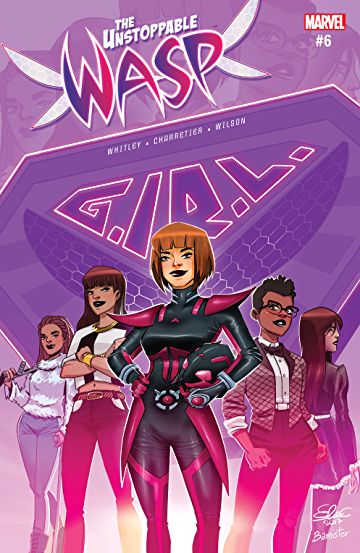
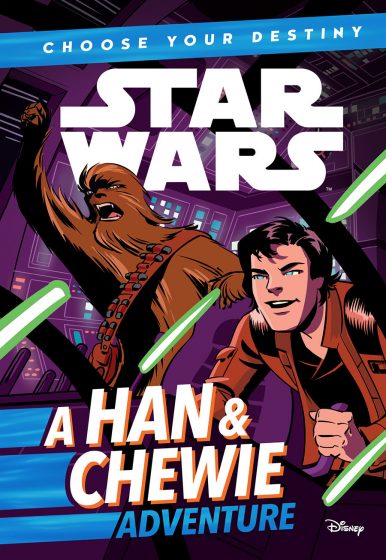
Arthur Maia: And what does the future hold for you?
Elsa Charretier: Pierrick and I have a couple of other books in the works about which I can’t say anything! I feel very lucky to be in the industry I’m in, and to work on such wonderful stories. And Windhaven is actually the project that started all of this. I’m forever grateful to Lisa, George, and Anne [Groell], our great editor, for giving me such an incredible opportunity.

The Windhaven graphic novel can be purchased on Amazon.
